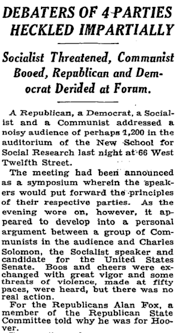



The Moving Pictures Show uses recognisable music from the non-synchronised sound (or ‘silent’ film) era, including ‘classical’ music that is well known to audiences through previous association with the animations of Disney, Warner Bros and Hanna-Barbera studios mood music that was purpose-composed for the films of the silent era by composers such as John Stepan Zamecnik and leitmotifs to alert the audience to repeating themes in the narrative. It also describes the ways in which improvisation can be accommodated within these boundaries.

This article explores the ways in which music is chosen for the show both to heighten the audience’s aesthetic experience of the film and to abide by historical practice. Thus, the essays collected provide critical readings through which the authors provide answers to questions, such as what is the relationship between sound and vision? And what is music's potential for communicating meaning into understanding?Ībstract: The Moving Pictures Show is a contemporary Australian ‘silent’ film company that screens films produced in the period from 1912 to 1929, with a 9-piece orchestral accompaniment. What we attempt to put forward in this book is not a solution to the analysis of sound and vision, but rather, a list of possibilities and approaches through which interpretation can be undertaken. Chapters are organised thematically around the headings Avant-garde aesthetics, Re-sounding soundtracks, Televisual intertexts, Interrogating the mainstream, and Personal politics and embodied performance. In this way, the book addresses a cluster of concerns that pertain to audiovisual production, performance and consumption in a variety of present day contexts. The focus of the essays is exclusively contemporary. A thread that runs through the chapters is the recognition of audiovisual performance as a central theoretical category. And yet, very little has been published that recognises its relevance to a wide range of practices, including music videos, film and television music, video art, and gaming music. For several years audiovisual analysis has been a growth area in musicology and cultural studies.


 0 kommentar(er)
0 kommentar(er)
